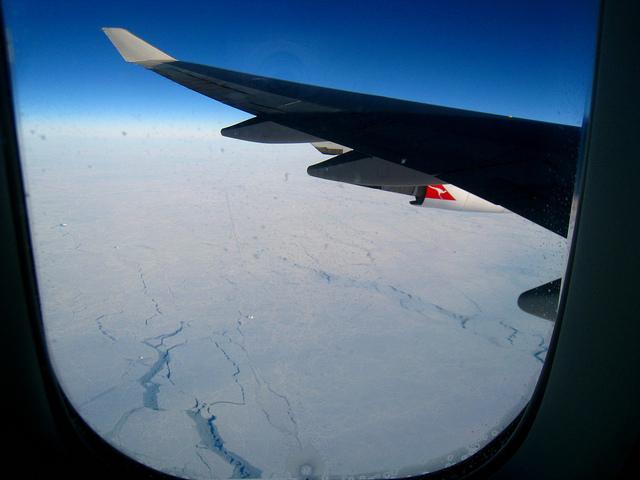 The recent Senate report, Australia’s future activities and responsibilities in the Southern Ocean and Antarctic waters, released on 29 October, was—to some extent—a lost opportunity. The timing of its release, virtually coinciding with that of the Abbott government’s commissioned twenty-year strategic plan for Antarctica, meant the Senate’s findings lost some of their impact. In all likelihood, they would’ve grabbed greater attention if the two hadn’t overlapped. But the fact that the findings of both studies reinforce each other in almost every way lends strength to the arguments presented in both documents.
The recent Senate report, Australia’s future activities and responsibilities in the Southern Ocean and Antarctic waters, released on 29 October, was—to some extent—a lost opportunity. The timing of its release, virtually coinciding with that of the Abbott government’s commissioned twenty-year strategic plan for Antarctica, meant the Senate’s findings lost some of their impact. In all likelihood, they would’ve grabbed greater attention if the two hadn’t overlapped. But the fact that the findings of both studies reinforce each other in almost every way lends strength to the arguments presented in both documents.
I’d welcome the Senate Committee’s proposal that the government examine the potential for further use of non-vessel technologies, such as UAV’s, including consideration of the potential application of new Defence assets, to support law enforcement and border patrolling in the Southern Ocean. I’d also endorse the Committee’s emphasis on strengthening funding for science.
I’d question, however, its recommendation to develop and implement a Southern Ocean mapping program. A better priority would be mapping the Australian Antarctic Territory and its near seabed. But there’s a strong case that even this task should be down the list from other science priorities, such as understanding changes in the Southern Ocean and their impact on Australian and global climates.
I was pleased that the Senate Committee recommended an ‘interagency working group be established to review Australia’s current and proposed marine assets and their utilisation, and to explore the potential costs and benefits of a national fleet approach to the acquisition and management of Australian vessels’. Here, it appears to have accepted the thrust of the submission made by Sam Bateman and myself on the need for a national fleet approach to our polar priorities in research, logistics and search-and-rescue. (Submission 2.)
We argued that there’s a hole in our current national fleet: the lack of a decent offshore patrol vessel. Neither the Customs’ Cape class nor the Navy’s likely Armidale class replacement vessels are suited for operations in the Southern Ocean. They don’t have the range, seakeeping qualities, and nor do they have a helicopter: the ability to carry a helicopter, particularly one that can be stowed in a hangar to protect it from weather, is an essential capability for sovereignty protection and law enforcement tasks down south.
I’m a bit more cautious, however, on the Committee’s recommendation that Australia ‘explores the possibility of concluding new agreements with neighbouring and like-minded countries to cooperate in patrol and deterrence in the Southern Ocean, based upon the example of the arrangements presently in place with France’.
The Maritime Cooperation Treaty on Surveillance in the Southern Ocean with France entered into force on 1 February 2005. But it was very specific. It was aimed at combatting illegal, unreported and unregulated fishing around Heard Island and McDonald Islands (HIMI) and the French territory of Kerguelen Island, that adjoins the HIMI EEZ. It was also aimed at strengthening Australian and French collaboration in CCAMLR. It came about because Australia and France faced a joint economic and political problem. That’s not really the same for any other of our near neighbours, including New Zealand.
It’d be more appropriate for Australia to promote multilateral cooperation around specific issues—such as sustainability of the Southern Ocean, marine and Antarctic management, port state control, and flags of convenience.
Finally, I was pleased to see that the Committee’s report recommended the appointment of an Australian Antarctic and Southern Ocean Ambassador to ‘coordinate whole-of-government policy and to provide senior leadership for the promotion of Australia’s interests and role domestically and internationally’. That’s a suggestion proposed seven years ago in ASPI’s first study of our Antarctic policy settings.
Anthony Bergin is deputy director of ASPI. Image courtesy of Flickr user Fransisco Martins.